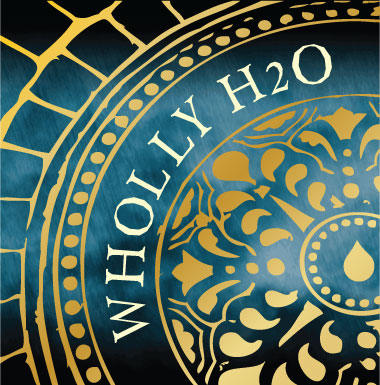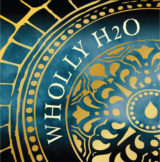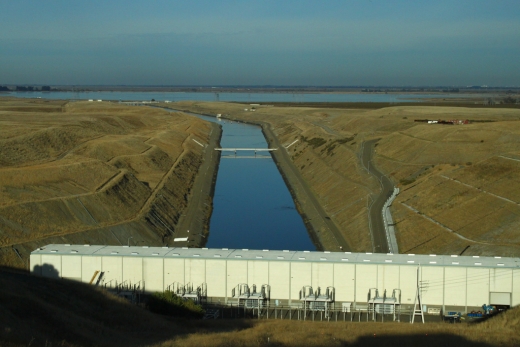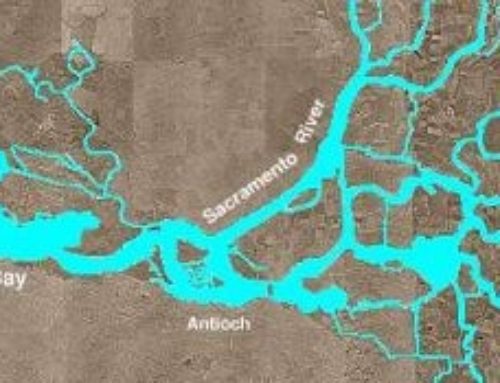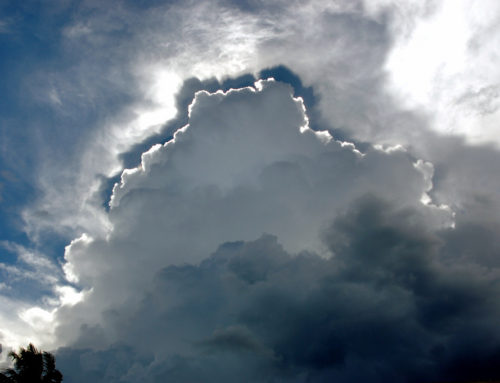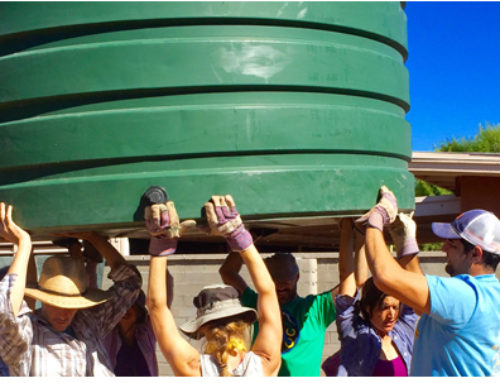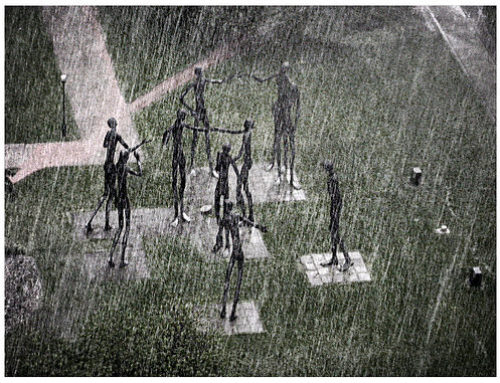-
The San Francisco Bay-Delta Estuary is one of the largest estuaries on the West Coast of North and South America. It encompasses roughly 1,600 square miles, and drains 40% of the state’s water. This means that 40% of all water that falls onto the state through snow and rain come through the Bay Delta, thereby signaling its importance in terms of both water supply and water quality. Somewhere between 22 and 23 million people in the state of California are using potable water that origniated in the Delta, many of these in Southern California. The Delta is also the source for irrigation of 4.5 million acres of farmland, as well as being used for shipping, industry, recreation and tourism. Therefore the health of the Bay Delta’s ecosystem is of utmost importance, first and foremost for the ecosystem itself, as well as for the humans uses. Just this weekend, the Sacramento Bee made the astute point that exporters “can’t keep drawing ever more water out of an estuary in collapse and claiming that flows don’t matter much for the life cycle of fish. The National Research Council, among other scientific bodies, has made clear that minimum flows are essential for fish recovery, especially during dry years.”
The USGS has reported that (m)ore than 95% of the historic tidal marshes have been leveed and filled, with attendant losses in fish and wildlife habitat. The flow of freshwater into the estuary has been greatly reduced by water diversions largely to support irrigated agriculture. Included with this information are two maps that clearly lay out the loss of this habitat.


(Images Source: http://sfbay.wr.usgs.gov/general_factsheets/change.html)
The call for papers for the 2012 Bay-Delta Science Conference: Ecosystem Reconciliation: Realities Facing the San Francisco Estuary is an excellent opportunity for scientists to publicly lay out the science that should drive the state in meeting the Bay Delta Conservation Plan’s co-equal goals of providing for the conservation and management of aquatic and terrestrial species, including the restoration and enhancement of ecological functions in the Sacramento-San Joaquin River Delta, and improving current water supplies and the reliability of water supply delivery conveyed through the State Water Project (SWP) and the Central Valley Project (CVP).

You might start your venture into writing an abstract by reading through the UC Davis’ Center for Watershed Science, Manageing California’s Water: From Conflict to Resolution.
_______________________________________________________________________________________
2012 Bay-Delta Science Conference: Ecosystem Reconciliation: Realities Facing the San Francisco Estuary
CALL FOR ABSTRACTS – DUE JUNE 8, 2012
October 16-18, 2012
Sacramento Convention CenterThe Biennial Bay-Delta Science Conference is a forum for presenting technical analyses and results relevant to the Delta Science Program’s mission to provide the best possible, unbiased, science-based information for water and environmental decision-making in the Bay-Delta system. The goal of the conference is to provide new information and syntheses to the broad community of scientists, engineers, resource managers, and stakeholders working on Bay-Delta issues. The organizers of this 7th Science Conference are seeking presentations that support this goal.
The conference program will feature both oral and poster presentations that provide scientific information and ideas relevant to the specific themes as well as to the broader overall conference theme “Ecosystem Reconciliation: Realities Facing the San Francisco Estuary.” The theme refers to the growing realization that the ecosystem of the San Francisco Estuary is vastly changed and is continuing to change as the result of human actions. For it to function in desirable ways, we have to reconcile human use with maintaining desirable natural elements such as native species. And because the new ecosystem is increasingly unlike any previously experienced, we need to develop new ways of reconciling these potentially conflicting goals.
In addition to contributed sessions and poster topics based on the abstracts received, conference participants may propose special oral sessions or poster clusters on topics of particular importance to the Bay-Delta. Instructions for proposing a special session or poster cluster appear in the call for abstracts and on the conference web site. All abstracts must be submitted by June 8, 2012.
Nominations for the Brown-Nichols Science Award are due August 10, 2012. This award is given biennially to recognize the contributions of scientists for their significant research and active involvement in facilitating the use of science in managing the San Francisco Estuary and watershed.
Please visit the conference website for more information:
PDF Flyer: http://scienceconf.deltacouncil.ca.gov/sites/default/files/documents/Call4AbsWEBVIEW3.pdf
Call for Abstracts Page: http://scienceconf.deltacouncil.ca.gov/content/2012-bay-delta-science-conference-call-abstractsBrown-Nichols Science Award http://scienceconf.deltacouncil.ca.gov/content/brown-nichols-science-award
Conference Home Page: http://scienceconf.deltacouncil.ca.gov/
Feel free to contact me if you have any questions the conference.
Karen McDowell
2012 Bay Delta Science Conference, Logistics Chair
San Francisco Estuary Partnership
1515 Clay Street, Suite 1400
Oakland, CA 94612
510-622-2398
kmcdowell@waterboards.ca.gov
